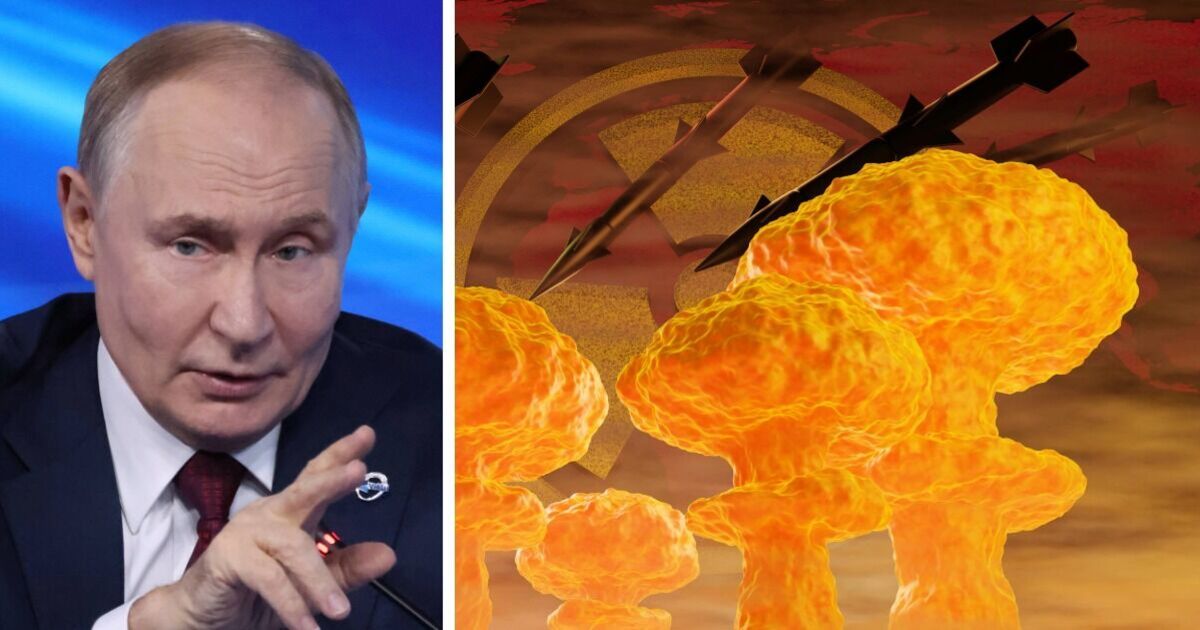

Vladimir Putin's aggression in eastern Europe has sparked fears that he may be preparing for a wider conflict with NATO. The Russian President ordered the full-scale invasion of Ukraine in 2022, and has been testing the West's response to incursions into its airpace. The Institute for the Study of War (ISW) reported on Saturday: " Russia continues to challenge and probe NATO states’ capabilities, possibly as part of preparations for a potential future Russia-NATO war." In September, a senior Russian minister suggested that "the most terrible weapons" could be unleashed on the UK.
Sergei Karaganov, 73, the honorary chairman of the Russian Council for Foreign and Defence Policy, said on television: "This European contagion must be eradicated. We need to prepare to strike, or at least make them understand that we are ready. It won't necessarily be a nuclear strike... but we must prepare." Propagandist Vladimir Solovyov then suggested that Oxford and Cambridge could be destroyed, so that the British elite would be crushed.
In December, documents from the House of Commons Library stated: "Russia has the largest nuclear arsenal in the world, with a stockpile estimated at 5,580 warheads, of which 4,380 are operational (strategic, non-strategic and reserve).
"Russia’s large arsenal of 1,558 non-strategic/tactical warheads are not currently subject to any arms control limitations."
They also emphasised that a new Russian nucelar doctrine officially brings Belarus under the country's nuclear umbrella.
Experts wrote: "In changes to previous doctrine, the use of nuclear weapons would be justified against conventional aggression that poses a critical threat to Russian/Belarusian sovereignty and/or territorial integrity, as opposed to the very “existence of the state”.
"An aggression against Russia by any non-nuclear state with the participation, or support, of a nuclear state, would also be regarded as a joint attack on the Russian Federation."
UK Space Command Head Major General Paul Tedman said earlier this week that Russia is developing the capability to put nuclear weapons in space.
As regards the reach of nuclear blasts, curcial factors must be considered, including a radiation radius of 153 km2, and a fireball radius of approximately 197 km2, the Mirror reports.
Moreover, an there is an air blast radius between 321 km2 and 1,420 km2, as well as a thermal radiation radius of 12,960 km2.
These distances can be different and are dependant on the weather.
Property experts previously compiled a list of places that could provide relative safety during this horrible scenario.
The 20 locations, listed by property portal EMoov in 2017, are outside of the immediate range of blasts in major British cities.
That being said, some of these places are still close enough to blast sites to be affected by radiation swept over by winds, it is thought.
Therefore, the remote island of Foula, on the Shetland Isles, would possibly be the safest place in the UK were the worst to occur.